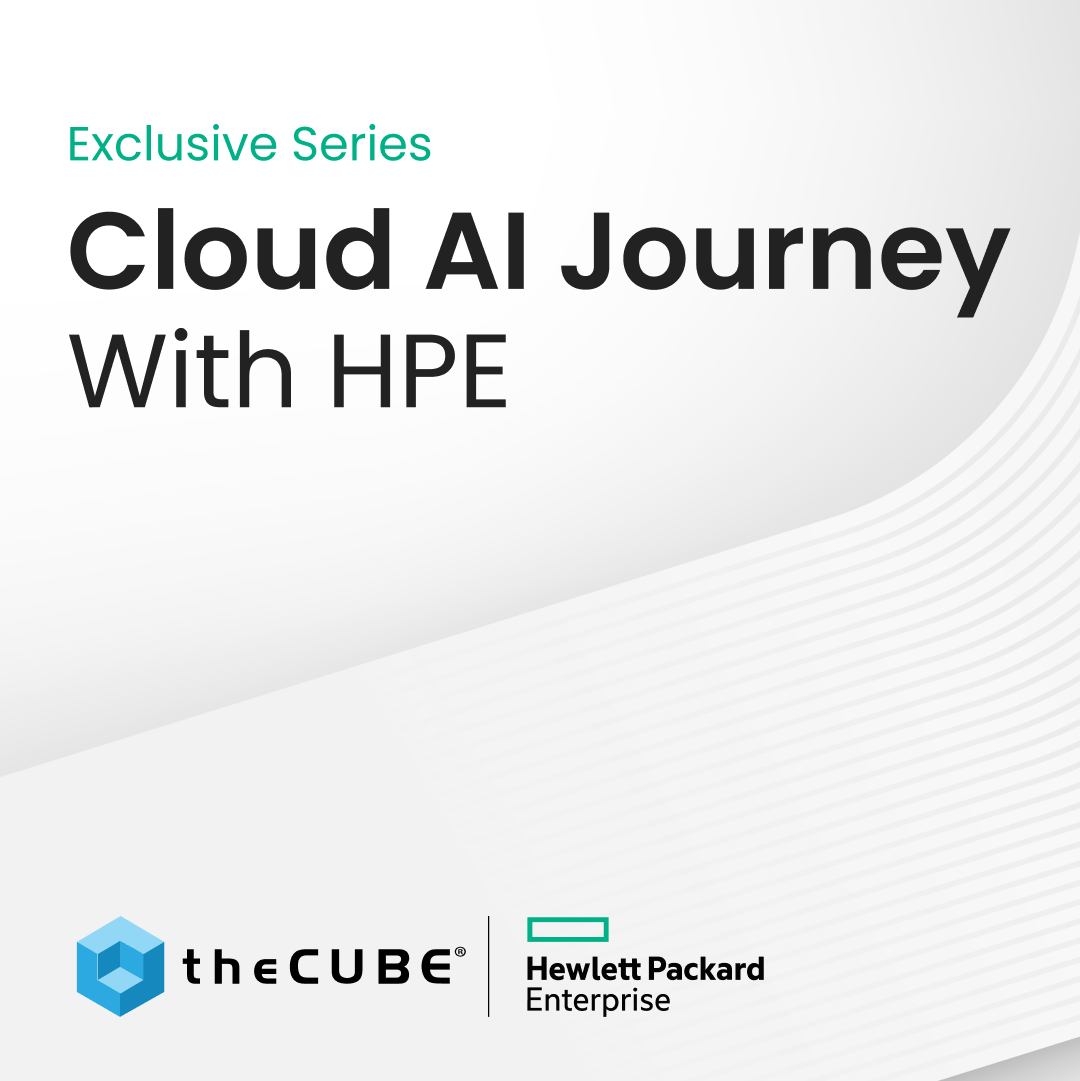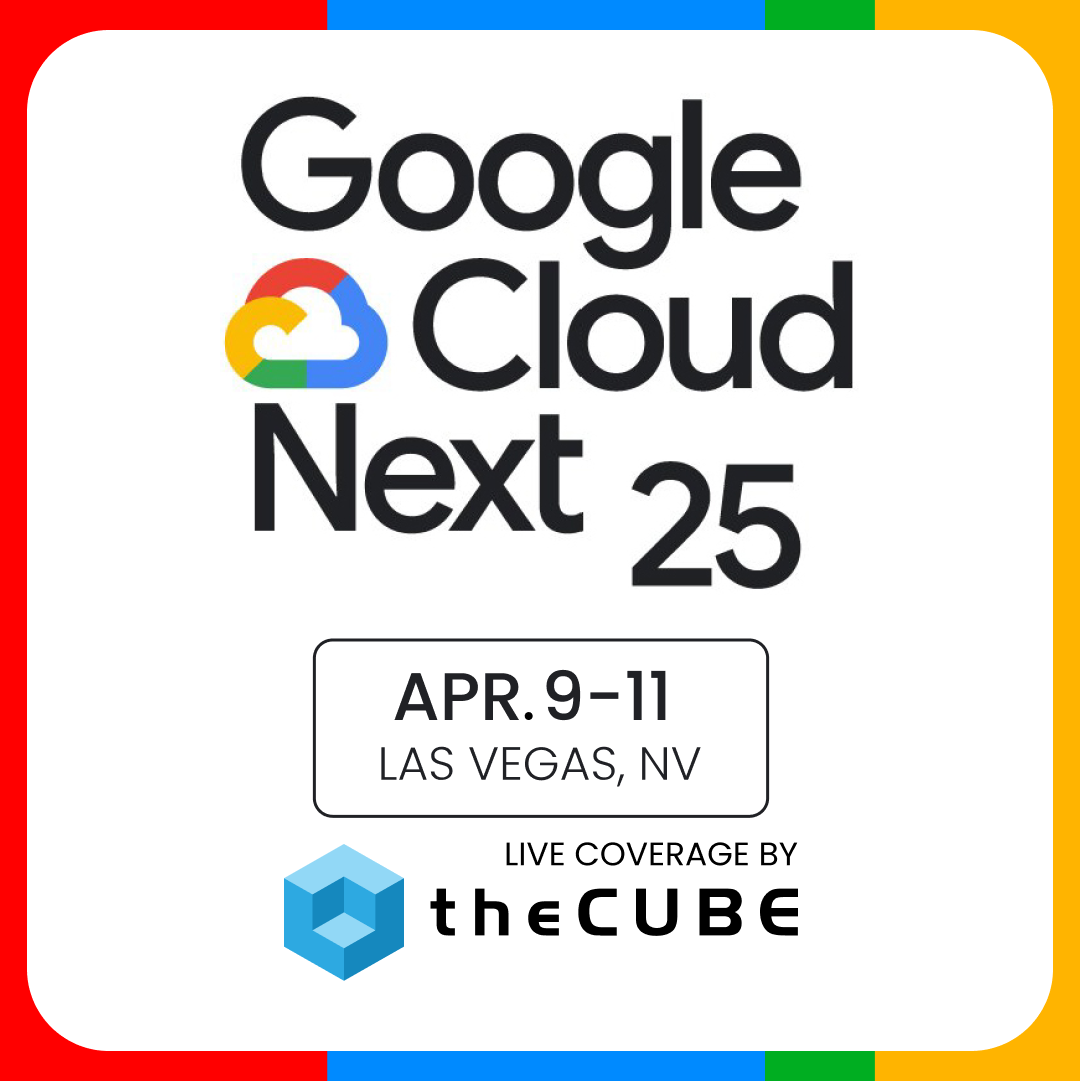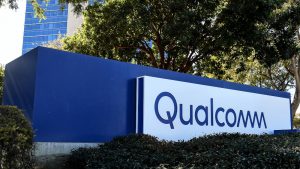HP in the Middle : Vertica is happy between traditional data warehouses and Hadoop | #HPdiscover
![]() A recent Wikibon survey revealed that, of 300 practitioners with knowledge of analytics and Big Data, 61 percent said that their organization shifted workloads from a traditional data warehouse or mainframe to Hadoop. Another 34 percent said they were going to do it within the next six months. So, in total, 95 percent of respondents said that they were taking resources away from the old and bringing it into the new.
A recent Wikibon survey revealed that, of 300 practitioners with knowledge of analytics and Big Data, 61 percent said that their organization shifted workloads from a traditional data warehouse or mainframe to Hadoop. Another 34 percent said they were going to do it within the next six months. So, in total, 95 percent of respondents said that they were taking resources away from the old and bringing it into the new.
Sitting right in the middle of this transition between the old and new is HP Vertica. At this year’s HP Discover, Colin Mahony, VP & GM of HP Vertica, joined John Furrier and Dave Vellante on theCUBE to discuss how Vertica bridges traditional data warehouse with Hadoop, and why EDWs are dinosaurs.
Bridging two worlds
Mahony explained that people may experience one of two things when they want to move workloads. One is moving the information to Hadoop, but not wanting to lose the SQL, analytic capabilities or performance associated with the traditional enterprise data warehouse solution. Another is wanting to augment the information with new data, but finding that it’s too expensive to put in the traditional data warehouse.
Bridging these two worlds, HP Vertica brings the best of the old that still works for the products, like the SQL or BI ecosystem, with things that don’t work, like performance and scale, at a better price performance ratio.
“I think so many customers are just tired of paying the maintenance fees to the traditional dinosaurs, and they’re looking for something new, but they’re also looking to do workloads that they’ve never been able to achieve before,” said Mahony.
Traditional EDW just doesn’t work anymore
Referring to traditional data warehousing vendors, Mahony said that HP Vertica was happy to take some of those “traditional dinosaur workloads off the dinosaurs and help our customers out.”
Vellante then asked Mahony if he believed that traditional EDW was a dinosaur. He responded that, traditionally and in a bloated sense, EDW economics and speed simply don’t work for customers anymore. The batch process of having all the time in the world to get the data together isn’t the reality now.
“When you look at how expensive those systems were and the rigidity of those systems, they just don’t make a lot of sense,” added Mahony.
However, Mahony doesn’t believe that these companies are going to rip EDWs out of the core. If there are some great data models and a business runs with it, you’re not just going to rip it out.
He advised that companies look at the periphery in the edges and then determine what’s needed and not needed for workloads. If there’s something that you don’t need to spend on for a particular workload, move it off. Also, consider moving a new workload to a new system, if appropriate.
“I think, over time, what you see is the edges being eaten around these dinosaurs,” added Mahony.
See Mahony’s entire segment below.
A message from John Furrier, co-founder of SiliconANGLE:
Your vote of support is important to us and it helps us keep the content FREE.
One click below supports our mission to provide free, deep, and relevant content.
Join our community on YouTube
Join the community that includes more than 15,000 #CubeAlumni experts, including Amazon.com CEO Andy Jassy, Dell Technologies founder and CEO Michael Dell, Intel CEO Pat Gelsinger, and many more luminaries and experts.
THANK YOU













